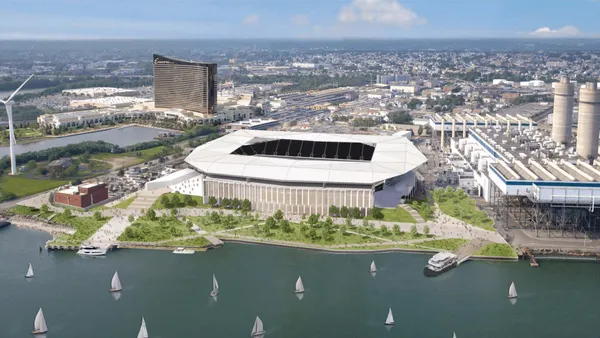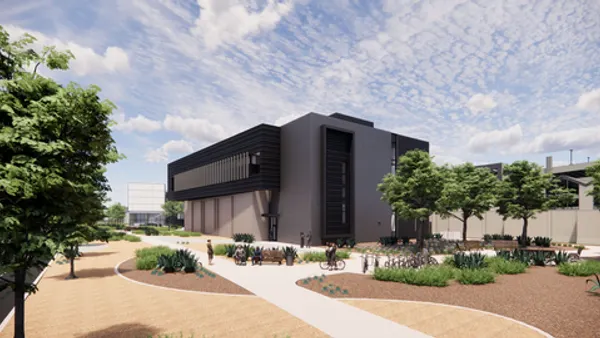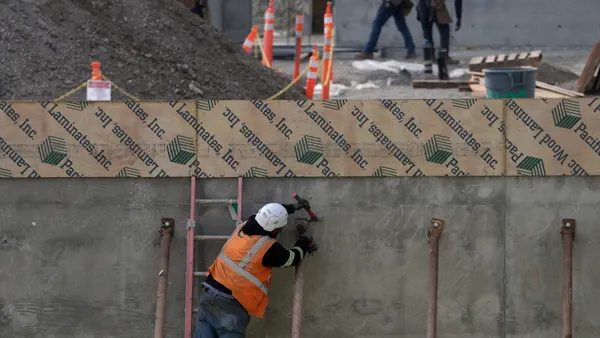Dive Brief:
- Highmark Health announced on Wednesday that it will build a 160-bed health care facility in Pittsburgh-area Pine Township, as well as four other smaller neighborhood hospitals, as part of a four-to-five-year $700 million system expansion, according to the Pittsburgh Post-Gazette.
- The neighborhood hospitals will be undertaken as part of a joint venture with Texas-based Emerus, which specializes in managing micro-hospitals. The four Highmark hospitals will each be between 15,000 square feet and 60,000 square feet and will include an emergency department and 10 to 12 patient beds.
- Highmark said that the smaller facilities will be able to treat more people in their communities while reserving large hospitals for those who need more critical care. Each neighborhood facility will be a 24/7 fully licensed hospital and will provide primary and specialty care services.
Dive Insight:
Former President Obama's Affordable Care Act (ACA) was the driver behind the initial move to smaller, more intimate health care facilities. Health care providers are rewarded for improved patient health, but the proper monitoring the Act requires is more feasible in smaller facilities in close geographical proximity to the patients.
While the ACA is being picked apart and then patched back together by federal lawmakers and the new administration, this move toward community-based health care seems to be continuing. This is likely because these smaller centers are more convenient, which will be a draw no matter where health care policy lands.
Cindy Juhas, chief strategy officer for medical equipment company CME, told Construction Dive in October of 2016 that time-valuing millennials were also contributing to this shift, as well as driving the development of home-based DIY medical testing.
Earlier this year, the 38th annual Modern Healthcare Construction & Design Survey found that even though there is a possibility that political debate over health care in this country could turn the industry on its head, designers and contractors still remain positive about the future of health care construction. However, they did respond that changes in provider reimbursement, higher deductibles and mobile healthcare could reduce demand for traditional facilities.









